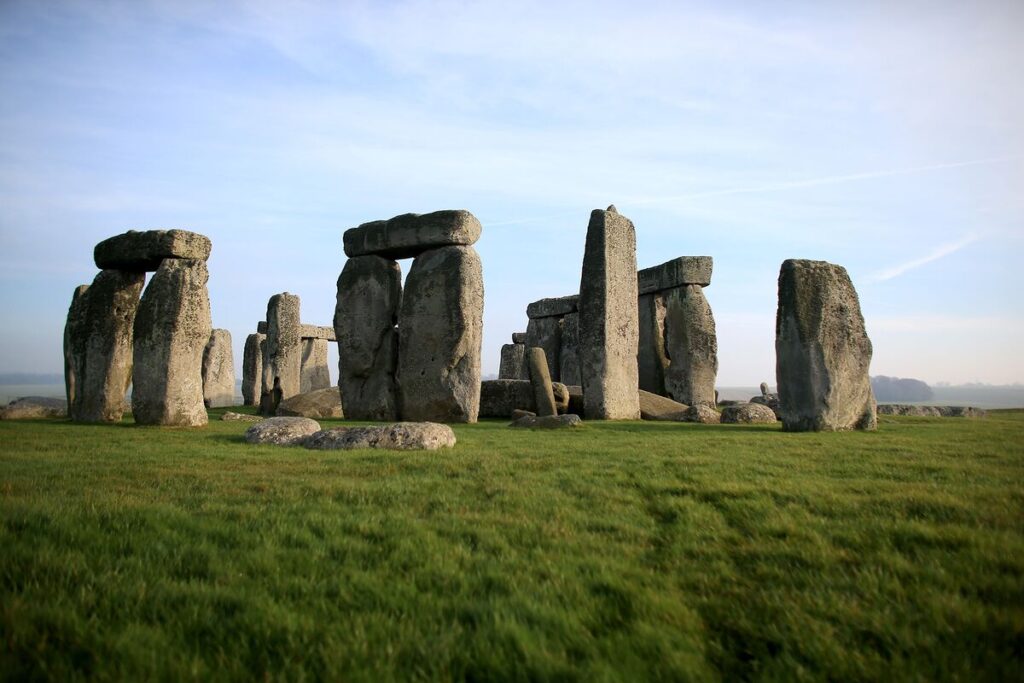Stonehenge: one of the rationales of ancient architecture which has been left for humanity to decipher for centuries. And of course, there is no enumeration of its various enigmas, major and minor, without noting the disappearance of the stones. Where did they go? Why were they removed? These questions have created debate across archaeologists and other history lovers. Here I stand to introduce the problem that we – let’s solve it step by step.
Introduction to Stonehenge’s Mysteries
A Brief History of Stonehenge
Stonehenge that is located in Wiltshire in England is estimated to have taking about 3000BC-2000BC to build. Its use is still unknown to date with people assuming it could have been an observatory for astronomy or a religious shelter. What makes it even more intriguing are the missing stones that disrupt its once-complete structure.
Also Read:
Discover the Ultimate Travel Stroller for 2024 Adventures
The Enigma of the Missing Stones
In the beginning, the Stonehenge had a complete ring of the sixty enormous sarsens and thirty-five bluestones. Its worth noting that some of those megaliths have eroded with time. But why? Did natural forces claim them, or were they removed by humans? The mystery continues to stump experts.
The Significance of the Missing Stones
Why Are These Stones Important?
The missing stones aren’t just a loss to Stonehenge’s visual appeal. They’re crucial for understanding its original purpose and construction. Without them, archaeologists face gaps in interpreting its alignment and use.
Impact on Archaeological Studies
Missing stones hinder efforts to reconstruct the site digitally or physically. They also obscure insights into how these ancient builders transported and positioned such massive stones with primitive tools.
Theories Surrounding the Missing Stones
Natural Causes: Weathering and Erosion
The Role of Time and Natural Forces
There are thousands of years in which wind, rain and frost may have acted on the stones destroying their structure and making them collapse. Erosion dissolves all sorts of bonds that form the foundation of even the strongest formed materials.
Geology and Stone Decay
The stones at Stonehenge are primarily sandstone, which is prone to weathering. Geological studies suggest some stones might have crumbled into fragments, leaving little trace.
Human Intervention Over Centuries
Stones Taken for Construction
During medieval times, nearby villagers might have removed stones for building homes, roads, or walls. Stonehenge, after all, was a convenient source of ready-cut material.
Stones Removed as Souvenirs
Tourists and locals alike have long taken small pieces of Stonehenge as keepsakes. Over centuries, these “souvenirs” could have contributed to the site’s diminished size.
Ritual and Religious Removal Theories
Some experts theorize that the stones were intentionally removed for ritualistic purposes. Ancient civilizations might have relocated them to other sacred sites or used them for new monuments.
Newfinds and researches
Tech Addressing The Mystery of How Technology Is Shedding Light
The Findings from Ground Penetrating Radar
GPR, a ground penetrating radar, shows possible positions of stones and their missing areas as ‘voids’ under the ground at Stonehenge.
Digital Reconstructions of Stonehenge
New technologies such as the 3D modeling and digital restorations boast that archaeologists are capable of showing what Stonehenge would have looked like when finished. These tools also help hypothesize the original placement of the missing stones.
New Evidence of Relocated Stones
The Connection to Nearby Sites
Some missing stones might have been repurposed for other Neolithic structures, such as Woodhenge or Avebury, which lie close to Stonehenge.
Traces of Stones in Local Villages
Studies have identified stone fragments embedded in nearby buildings, suggesting villagers reused parts of Stonehenge centuries ago.
The Cultural and Historical Legacy of Stonehenge
Stonehenge as a Global Icon
Stonehenge symbolizes human ingenuity and mystery. Its missing stones only add to its allure, sparking curiosity and wonder worldwide.
Lessons Learned from the Mystery
Looking at the story of the missing Stonehenge stones we get valuable lessons about the frailty of manmade structures and the high stakes in archiving history for future use.
Final Thoughts
Why the Missing Stones Still Fascinate Us
Our fascination with the missing stones at Stonehenge is because of the simple fact that it is a story about time, nature and mankind. Every theory, discovery or a question unanswered just wakes me up to the fact how little we actually know about our preceding generations. And perhaps the fact that everyone knows it is an imperfect strategy is the thing that makes it so great.
FAQs
1: How many stones are missing from Stonehenge?
It’s estimated that at least half of the original stones are missing, though the exact number varies depending on different reconstructions.
2: Could the missing stones ever be recovered?
While unlikely, fragments or relocated stones could still be identified in nearby areas through ongoing research.
3: Are there other ancient sites with similar mysteries?
Yes, sites like Easter Island’s moai statues and Machu Picchu also face questions about missing or relocated elements.
4: How does technology help in solving archaeological mysteries?
New techniques like ground-penetrating radar, 3D modeling and analysis by artificial intelligence offer new avenue of looking at and comprehending sites.
5: What is the cultural significance of the missing stones?
The missing stones highlight the interplay between ancient practices and modern preservation efforts, emphasizing the importance of understanding our shared history.


